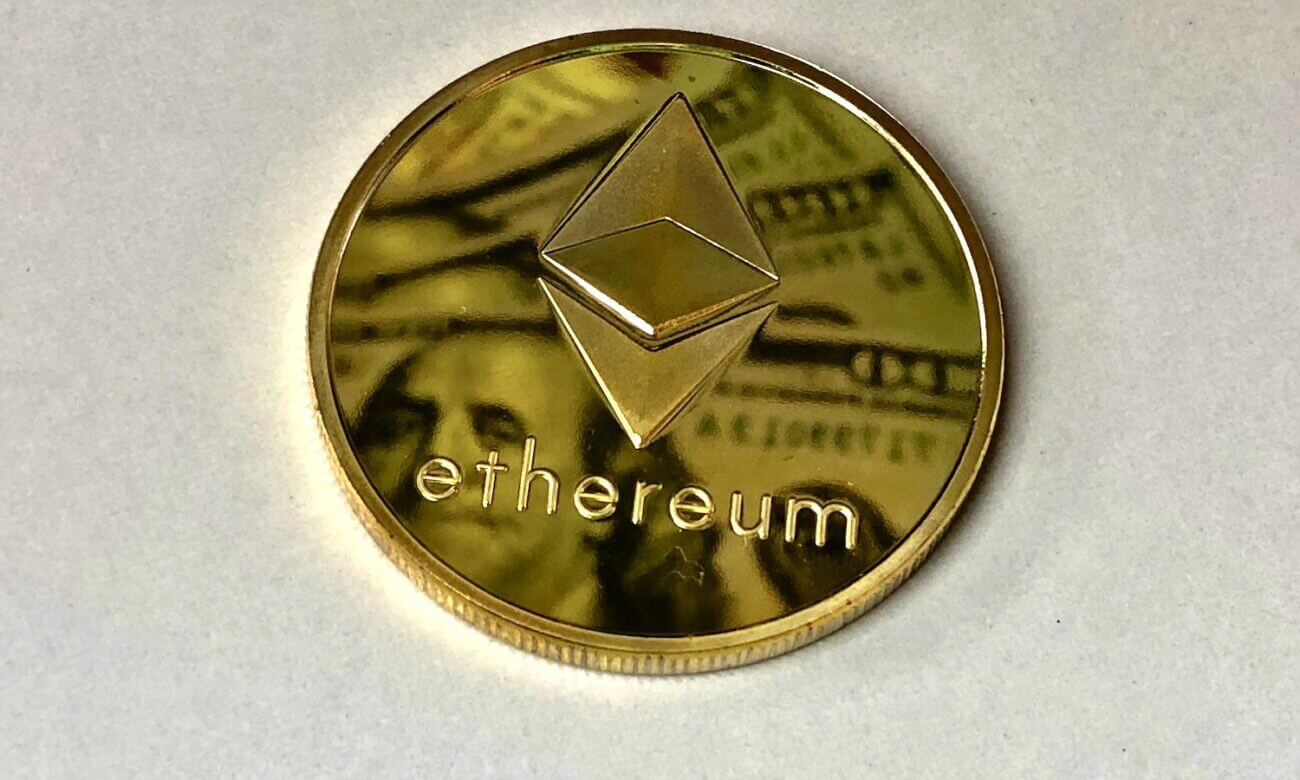The Ethereum platform—the brainchild of Russian-born Canadian computer programmer Vitalik Buterin—was launched in 2015 with the aim of offering more capabilities than Bitcoin, itself launched in 2009 as a peer-to-peer transaction system. Both Bitcoin and Ethereum are blockchains—decentralized digital ledgers that securely and transparently record transactions. But while Bitcoin was made specifically to function as peer-to-peer money, Ethereum and its legion of software developers have pioneered blockchain innovations such as smart contracts, non-fungible tokens (NFTs) and decentralized apps (dApps).
What is the Ethereum Merge?
Ethereum has broken more new ground with a big move dubbed “The Merge,” which has changed how the blockchain validates, or verifies, transactions. That might not sound like a big deal, but the transition will dramatically reduce Ethereum’s carbon footprint, allowing the use of the blockchain to scale sustainably. This change has been praised by some for its environmental benefits, but criticized by others who think that it lowers the platform’s standard of security. Let’s take a look at The Merge and how it could affect the value of the platform’s cryptocurrency—ethereum, or ether (ETH).
What is changing with Ethereum?
Ethereum has changed how its transactions are validated, how new “blocks” of data are created for its blockchain, and how new ether coins are put into circulation. Until recently, Ethereum, like Bitcoin, used “mining” for this purpose, along with its associated consensus mechanism, known as proof-of-work (PoW). “Miners” solve a complex numeric problem using specialized computer rigs. This method is highly secure, but it has drawn criticism because it is extremely energy-intensive. Pre-Merge, Ethereum mining was using as much energy as the country of Uzbekistan—about 60 terawatt-hours per year.
The Ethereum community decided to switch from the proof-of-work consensus mechanism to proof-of-stake (PoS). This transition—called The Merge—will help the platform to scale sustainably: According to estimates, its energy consumption per year will fall by more than 99%.
How did The Merge take place?
The Merge—which happened on Sept. 15, 2022—involved combining two blockchains: the original Ethereum blockchain (called “Mainnet”) and the PoS layer (called “Beacon Chain”), which has been operational since 2020.
Until December 2020, the original Ethereum blockchain recorded transactions and smart contracts. The creation of the Beacon Chain was a parallel experiment, separate from the Mainnet. While the Mainnet continued to record transactions, the Beacon Chain was achieving consensus on its own, and it underwent continuous testing. When The Merge finally happened on Sept. 15, everything went smoothly.
Now, the Beacon Chain is the main Ethereum blockchain, and it will function as the consensus layer for everything the platform requires, including transactions and account balances. So, the Beacon Chain has taken over the mantle and is now the official “Ethereum.”
Will The Merge affect Ethereum’s cryptocurrency?
No. Misinformation that a new coin—Eth2—will replace ETH has done the rounds, but the truth is that the token of the Ethereum blockchain after the transition remains ether (ETH). While the term “Eth2” was used to refer to the impending shift in Ethereum’s consensus mechanism, it was merely used for convenience and does not refer to a new coin. Post-Merge, there is no longer Eth1 or Eth2—just the singular ETH.


